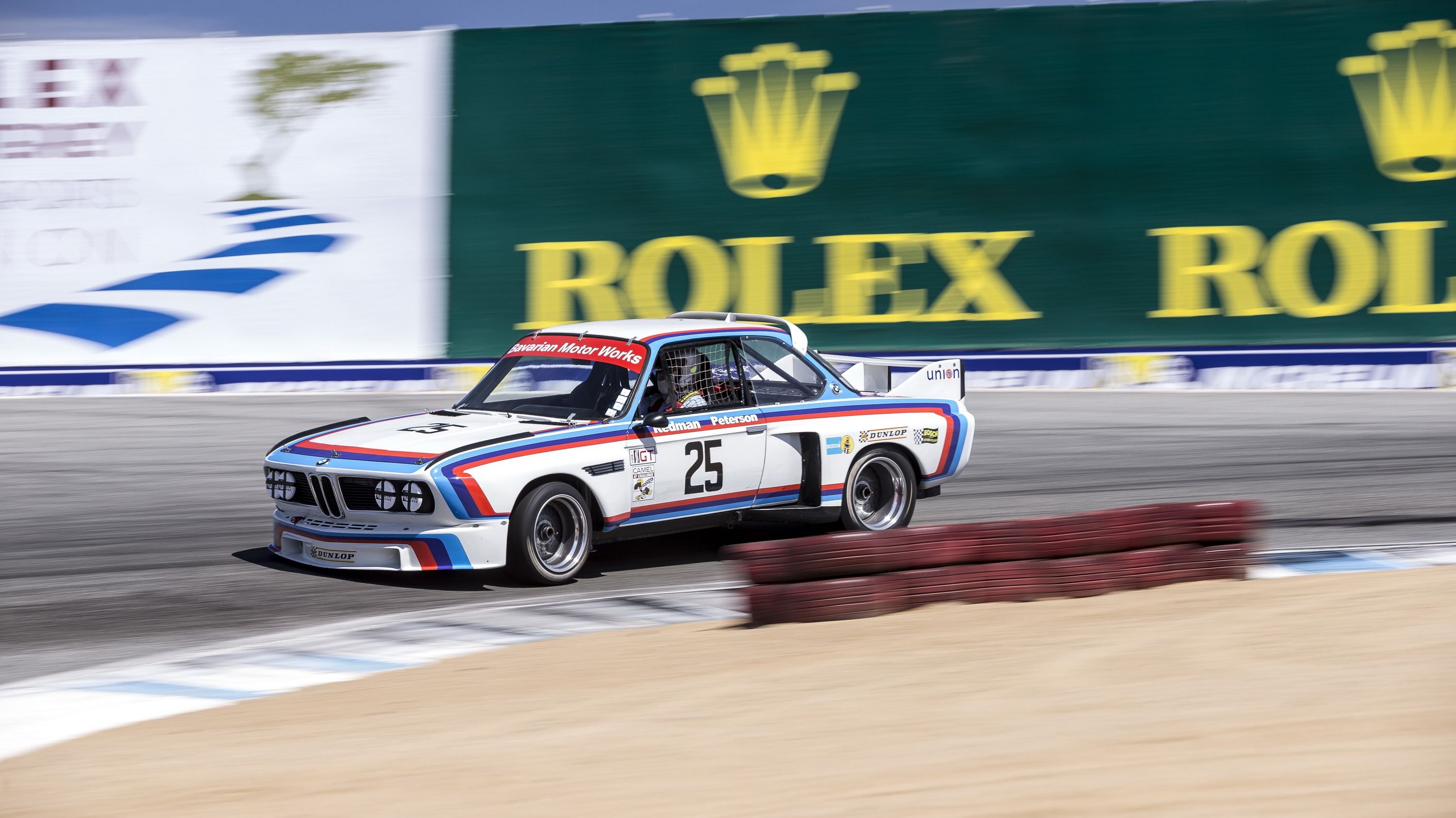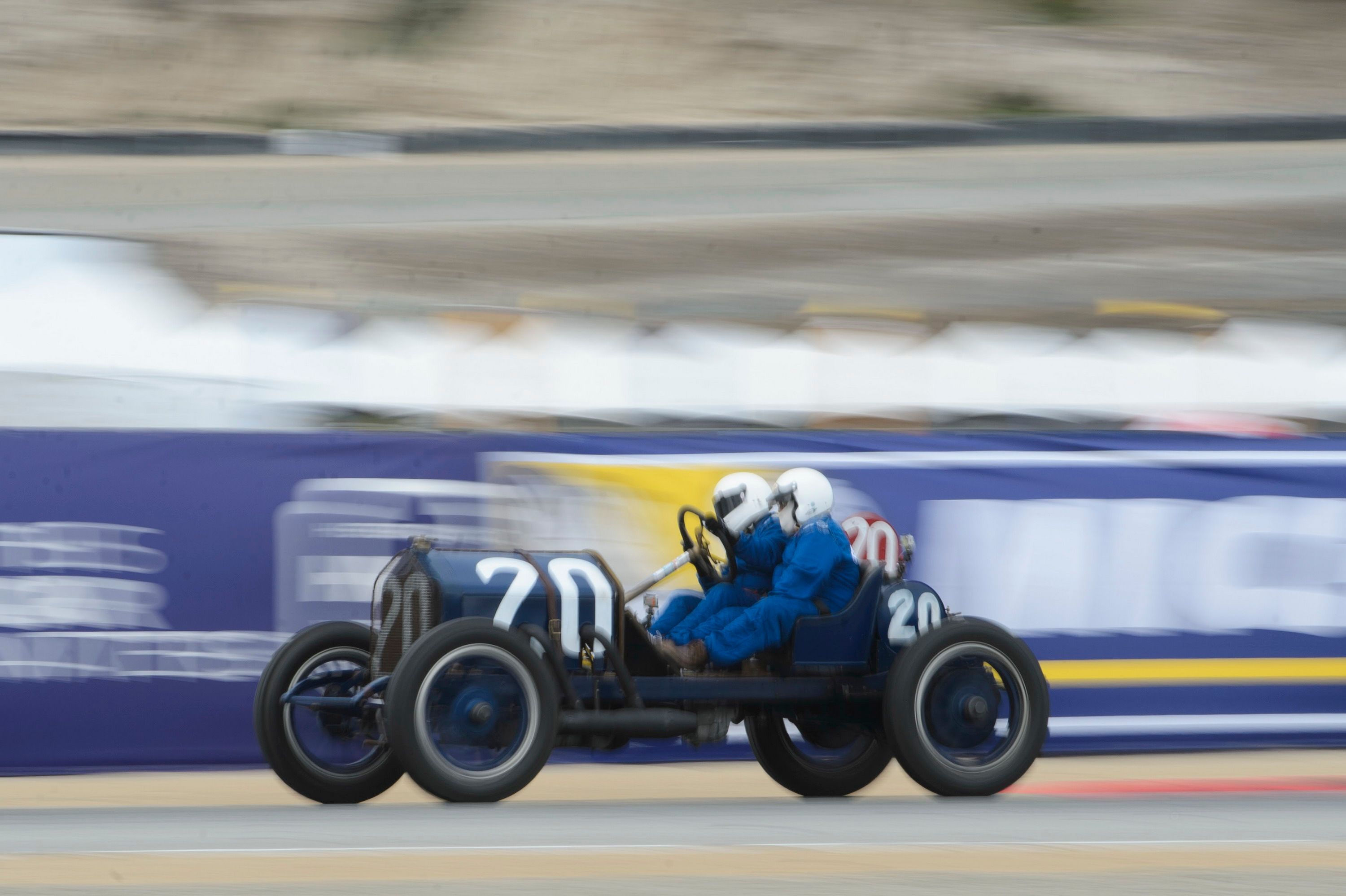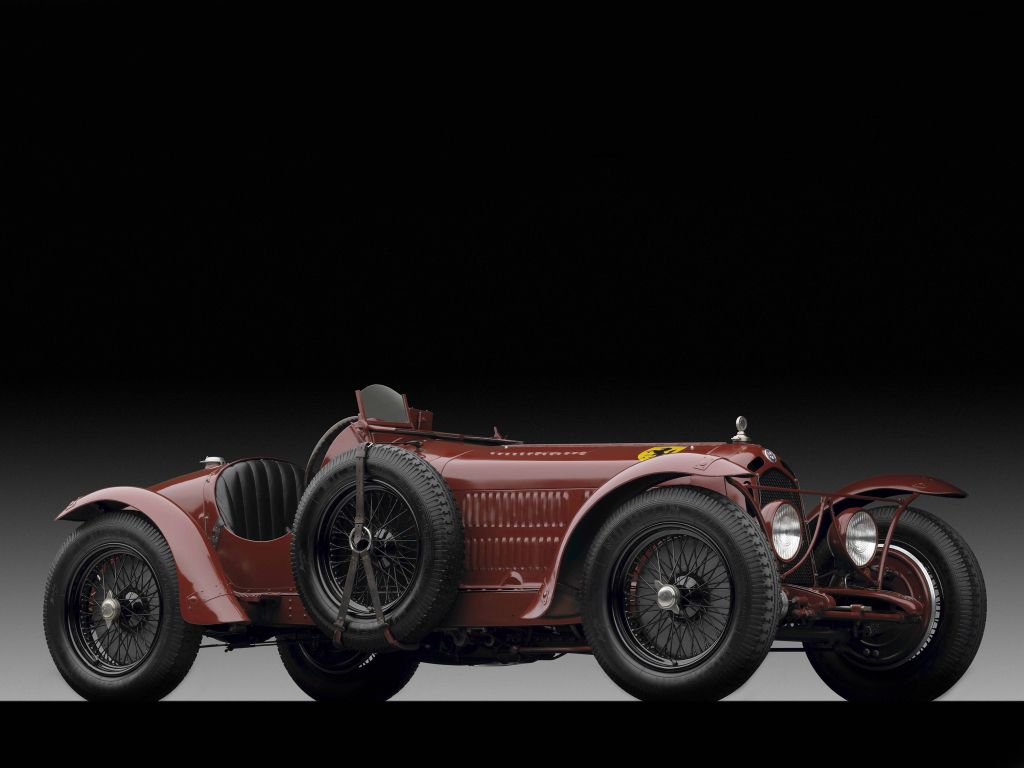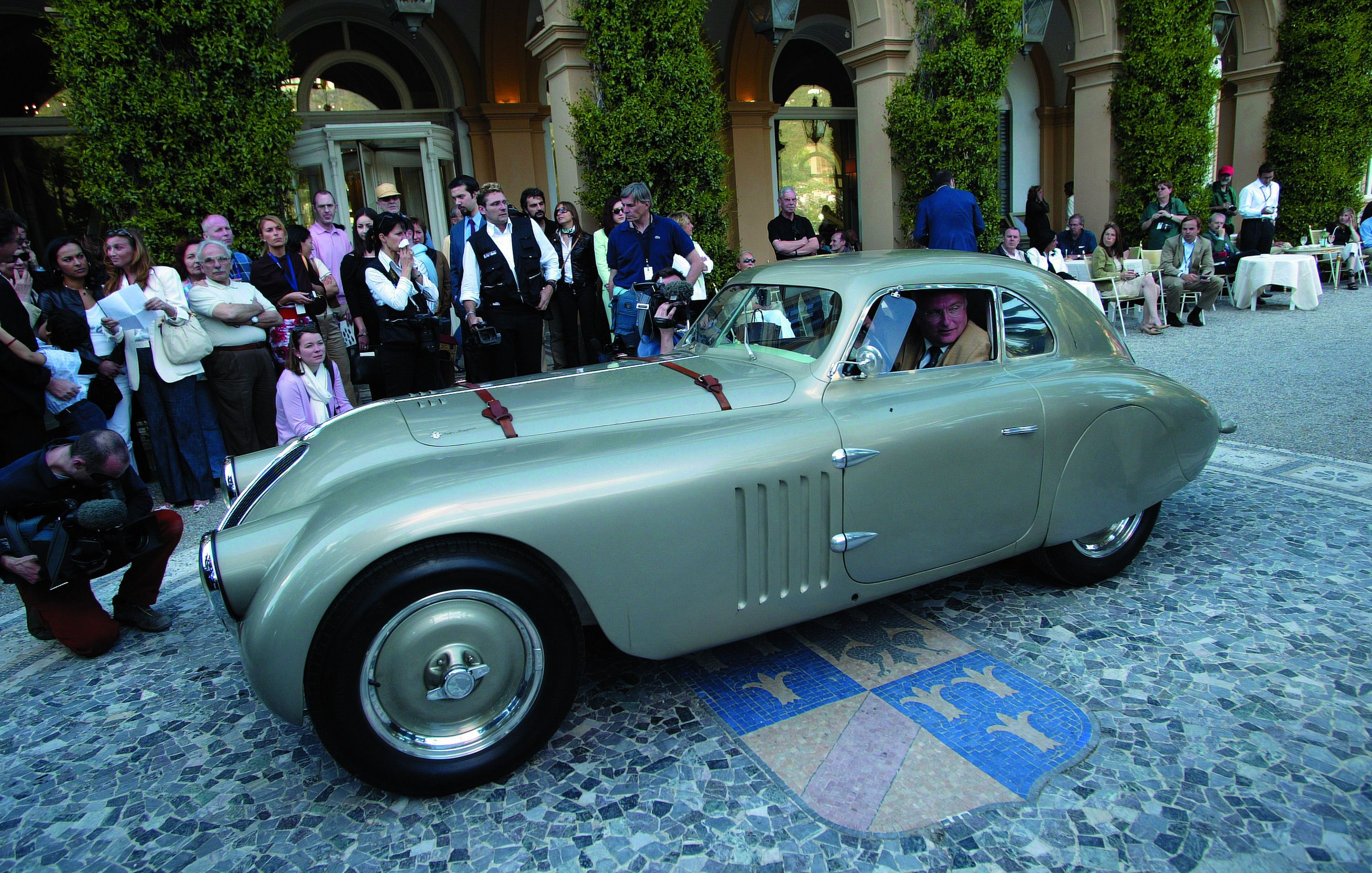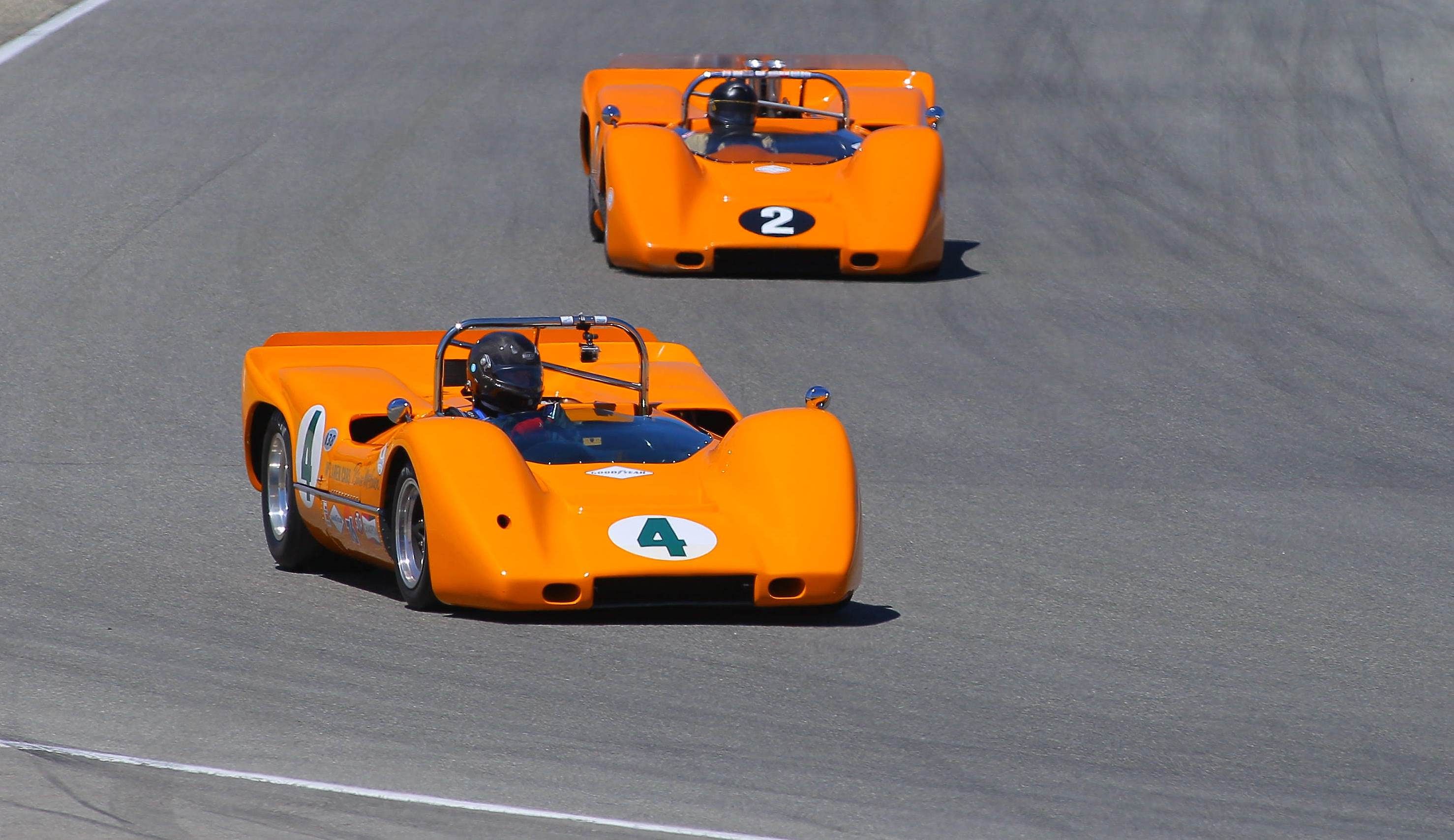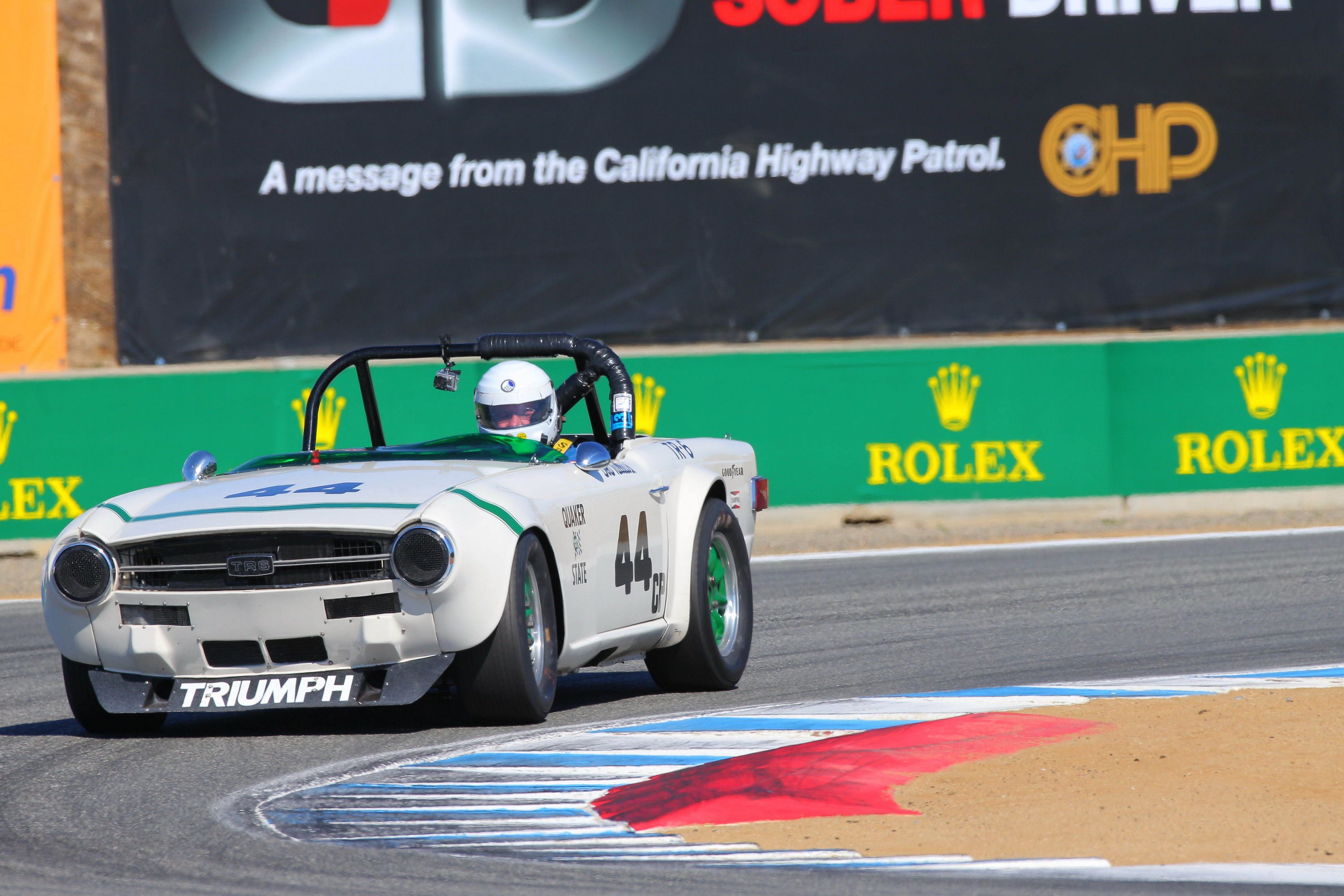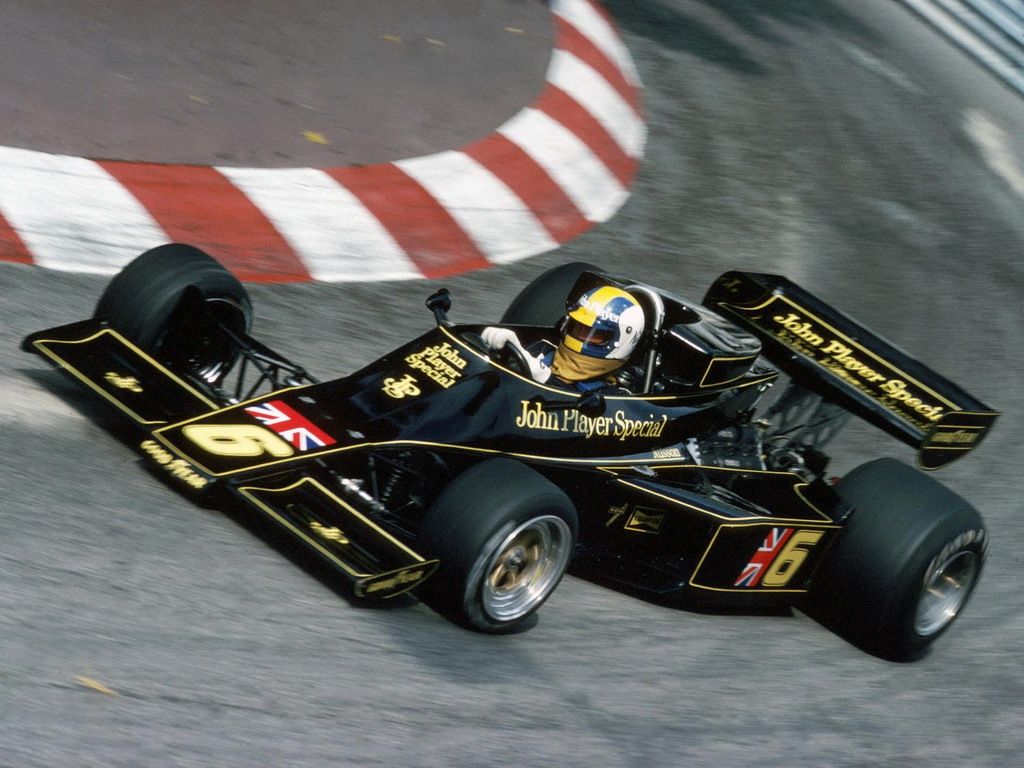From auctions, to car shows, to cruises, Monterey Car Week is jam-packed with activities spiked with four-wheeled goodness. Insane acceleration and mind-bending grip are the norm here, but there’s only one event in the bunch where all that potential is properly unleashed – the Motorsports Reunion at Laguna Seca. Pairing history with horsepower, this annual “rolling museum” regularly attracts some of the most celebrated racing machines of all time, and 2016 is no different. Roughly 550 cars are scheduled to hit the track this year, spanning nearly nine decades of motorsport. Whatever your “golden age of racing” happens to be, it’s sure to have a presence at the Motorsports Reunion.
While 550 entries may seem like a lot, you can be sure that the final roster was whittled down from a much, much larger field. The cars that did make it were selected based on their “authenticity, race provenance and period correctness,” further solidifying the Motorsports Reunion as one of the most prestigious historical racing events in the world.
Watching these legends back in their native environment is a real treat, with the sights, sounds, and smells combining to form a heady mix capable of transporting you back to the glory days. TopSpeed will be there, so read on for the details.
Update 08-20-2016: We saw a lot of action at the Motorsports Reunion yesterday. Check out some of our videos of the action below.
Continue reading to learn more about the 2016 Rolex Monterey Motorsports Reunion.
Welcome to Laguna Seca - Monterey Car Week Day 3
A Little Action at the Start/Finish Line
1951 - 1961 Sports Racing Under 2,000CC
1963-1973 FIA Manufacturers Championship
Action at the Corkscrew
More action at the Corkscrew
Classic GT Action @ Turn 9
F1 Entering from Pit Lane
The Cars
The Motorsports Reunion is huge in its scope, bringing together an enormous selection of vehicles with a variety of competition backgrounds.
The field is divided into 15 individual categories. Taking the title of oldest is a pair of 1911 Nationals, while the newest is the BMW Williams V12 LMR that clinched overall victory at Le Mans.
We’ve highlighted a few of the standout entries below, as well as included a breakdown of the categories. For the complete official entry list, click here. Also, let us know in the comments which cars you wanna see, and we’ll try our best to get them to you!
1911 National 40
The National Motor Vehicle Company was founded in 1900 and only lasted until 1924, but in those two dozen years, it saw a great deal of motorsport success. National racers competed in a variety of events, including road races, hill climbs, and speedway races, and in 1911, they accrued a total of 84 wins, 48 second-place finishes, and 30 third-place finishes. In 1912, a National snagged the win at the Indianapolis 500, averaging 78.7 mph. While not really that quick by modern standards, doing nearly 80 mph in a car with super-skinny tires, no doors, and zero modern safety equipment must still be quite a rush.
1927 Bugatti T37A Grand Prix
The first thing I want you to notice about this machine is the shape of the radiator grille up front – it’s the same design that Bugatti still uses today, albeit slightly tweaked from decades of changes.
The Type 37A is an evolution of the Type 35, a racer that’s considered one of the most successful competition models that the marque has ever produced. Over the course of the Type 35’s lifespan, it collected roughly 1,000 race wins, including the Grand Prix World Championship in 1926.
The Type 37 uses the same body and chassis as the Type 35, but adds a new 1.5-liter four-cylinder engine. The later 37A was the supercharged variant, producing upwards of 90 horsepower when new. The 37A also got larger drum brakes.
Louis Chiron, the same driver after whom the current hypercar is named, took victory at the Italian Grand Prix and Spanish Grand Prix in 1928 at the wheel of a Type 37A.
1932 Alfa Romeo Monza
Formally called the 8C 2300, this classic Alfa racer gained the name “Monza” after clinching victory at the 1931 Italian Grand Prix, helping to establish a tradition of naming a car after an event in which it won.
The formal 8C 2300 title is a reference to the car’s powerplant – an inline eight-cylinder engine displacing 2.3-liters. In addition to Grand Prix racing, the 8C was also run at events like the Mille Miglia road race and Targa Florio.
1935 BMW 315/1 Willis Special
BMW is the featured marque at this year’s Motorsports Reunion, and as such, more than 60 famous Bimmers are scheduled to make an appearance.
One of the oldest is this 1935 315. Using the same platform as the 303, a more pedestrian family sedan, the 315 superseded the 303 in 1934, gaining a larger six-cylinder engine that produced upwards of 45 horsepower.
1938 BMW 328
Next up is the BMW 328, another Mille Miglia winner. The 328 used the same chassis as the 315, but gained a more powerful 2.0-liter straight-six engine. Output when new was rated at 79 horsepower. The 328 made its first competition bid in 1936 at the Eifelrennen race at the Nurburgring, where it took the class win. Other racing successes include the RAC Tourist Trophy, Alpine Rally, and the 24 Hours of Le Mans.
1950 Talbot Type 26
In 1950, Grand Prix racing saw the introduction of Formula One, and with it, cars like this Talbot Type 26 were created to compete and establish national sporting prowess. This car is equipped with a 4.5-liter incline six-cylinder engine, which mates to a four-speed manual gearbox. The bodywork is sleek and aerodynamic, while the excellent chassis underneath evolved from highly successful racers from the ‘30s. This combination of power and slipperiness imbued the vehicle with an impressive 166-mph top speed.
1967 McLaren M6A-1
Can-Am racing will have a huge presence at the Motorsports Reunion, and this example in particular should feel right at home. That’s because it’s the same car that Bruce McLaren wheeled to victory at the 1967 Monterey Grand Prix, forever tying it to the famous California racetrack.
The M6A was initially designed as a replacement for the M1B. Chevy was called upon for its powerplant know-how, while underneath is a monocoque chassis, a first for McLaren. The M6A saw its competition debut at Road America, with Denny Hulme taking the checkered. Subsequent events saw Hulme and McLaren dominate the competition, and eventually, McLaren took the Championship Cup, followed closely by Hulme.
1971 Group 44 Triumph TR6
The TR6 debuted in 1969, bearing a new look compared to its TR5 precursor. However, underneath the new body panels, the drivetrain and chassis were essentially unchanged.
Making the go is a 2.5-liter inline six-cylinder engine. In the Euro-spec trim, output was rated at 150 horsepower. However, the U.S.-spec variant got only 104 horsepower. Handling cog swaps is a four-speed transmission.
Making its appearance at Laguna Seca is a TR6 hailing from Group 44, the high-performance division of British Leyland that was based in the States. As you might expect, the Group 44 TR6 was a highly successful racer, with Group 44 president John McComb taking the wheel in the D Production class of the SCCA national championships.
1975 BMW 3.0 CSL
The E9 coupe was first launched in 1968, and enjoyed a production run that lasted for eight years. As is often the case, BMW decided to imbue the model with a race-spec variant, and in the process, created a true Bavarian icon.
Often referred to as the “Batmobile,” the 3.0 CSL looks fantastic, drawing stares thanks to it’s wide body, flared fenders, and large rear wing. Not only did it look cool, but it won plenty of races as well, tallying up over 100 competition victories in its lifetime and lending weight to BMW’s sporting credentials for decades to come.
This thing is a surefire crowd favorite at Laguna Seca, particularly for the way it sounds. The 3.0 designation is a bit of a misnomer, as the car is powered by a 3.5-liter six-cylinder engine. Output when new was rated at a very healthy 438 horsepower at 8,800 rpm.
With names like Hans Stuck, Sam Posey, Allan Moffat, and Brian Redman tied to it, the 3.0 CSL is rich in history. This particular model won the 12 Hours of Sebring.
Read the full review here.
1976 Lotus 77
One of the old F1 cars slated to appear is the 1976 Lotus 77, which is easily recognizable thanks to its black and yellow livery. This car was the product of legendary Lotus founder Colin Chapman (you know, the “simplify, then add lightness” guy). It uses an aluminum monocoque chassis, and is powered by a mid-mounted 3.0-liter V-8 engine. Routing the power is a five-speed transmission.
Mario Andretti drove this car extensively in the 1976 F1 season, and although the American driver had a contentious relationship with it, he did manage to clinch a single race victory at Fuji Speedway in Japan. Regardless, you can bet it’s gonna sound amazing going full bore down the front straight at Laguna Seca.
1980 BMW M1 Procar
Before there was the i8, BMW made the M1. Originally a joint project with Lamborghini, the M1 ended up being a BMW-only creation. It looks utterly fantastic though, with a speed-wedge design that’s quite forward-looking for its time. The M1 uses a rear/mid-mounted 3.5-liter inline six-cylinder engine, BMW’s very first attempt at such a layout in a mass-produced car. In street trim, the car produced 273 horsepower. However, racing versions were turbocharged up to a whopping 850 horsepower. The racers participated in a one-make series called Procar, which served as an ancillary support series for F1, and saw several F1 drivers compete.
Read the full review here.
1999 BMW V12 LMR
As the young whippersnapper of the group, the V12 LMR points to the modern age of prototypes and sports cars currently duking it out in the 24 Hours of Le Mans. It uses a carbon fiber and aluminum honeycomb monocoque chassis, and mounts a 6.0-liter V-12 engine in the middle for motivation. The transmission is a six-speed sequential gearbox.
After a disappointing finish in 1998, the V12 LMR bounced back in 1999 to take the overall victory at the famed endurance race – making it the perfect complement to a field littered with Le Mans champions.
Race Categories
- Pre-1940 Sports Racing and Touring and 1927 – 1951 Racing
- 1955 – 1962 GT Cars
- 1955 – 1961 Sports Racing over 2,000 cc
- 1973 – 1981 FIA, IMSA, GT, GTX, AAGT, GTU
- 1963 – 1968 USRRC & Can-Am
- 1970 – 1984 Sports Racing under 2,100 cc
- 1966 – 1972 Trans-Am
- 1968 – 1974 Can-Am (50th Anniversary)
- 1947 – 1955 Sports Racing and GT
- 1961 – 1966 GT under 2,500 cc
- 1955 – 1961 Sports Racing under 2,000 cc
- 1963 – 1973 FIA Manufacturers Championship
- 1963 – 1966 GT over 2,500 cc
- 1981 – 1991 FIA Manufacturers Championship; IMSA GTO/GTP
- 1967 – 1984 Formula One
The Events
Of course, there’s much more than just racing to be had. Attendees will be treated to all sorts of activities at the Motorsports Reunion, including Q&A sessions and autograph sessions with famous racing drivers, celebrity appearances, and even wine and cheese tasting. There will also be plenty of motorcycles in attendance and merchandise to buy, plus digital displays and the latest vehicles from the major automakers.
Find a complete list of events by clicking here.
The Track
Laguna Seca is the perfect venue for an event like this. As the preeminent racetrack on the west coast, Laguna Seca is two-and-a-quarter miles of technical corners, elevation changes, and harrowing challenges. The track is best known for turn 8 and 8a, also known as the Corkscrew, a tight left then right-hander that combines a blind crest and apex with a dramatic drop.
The Details
Where: Laguna Seca is located at 1021 Monterey-Salinas Highway, Salinas, California, 93908. You can find a map and entry directions by clicking here.
When: Practice and qualifying sessions kick off on Thursday, August 18, and run through Friday, August 19. Racing begins Saturday, August 19, and continues through Sunday, August 20. You can find the complete schedule by clicking here.
How: A variety of ticket options are available, with lower prices offered in advance of Thursday, August 18. Sunday general admission and paddock access is $60 ($80 at the gate), Saturday general admission and paddock access is $80 ($100 at the gate), and Friday general admission and paddock access is $50 ($70 at the gate). 2-day, 3-day, and 4-day tickets are offered as well. Complete ticket information can be found by clicking here. Additional ticket information is available by calling (831) 242-8200.

